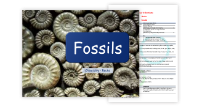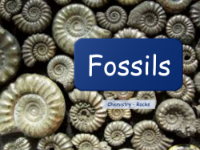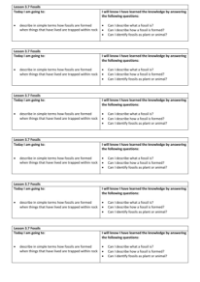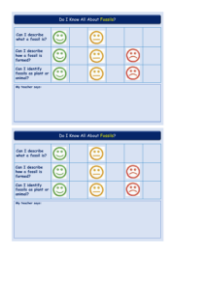Fossils - Lesson Plan
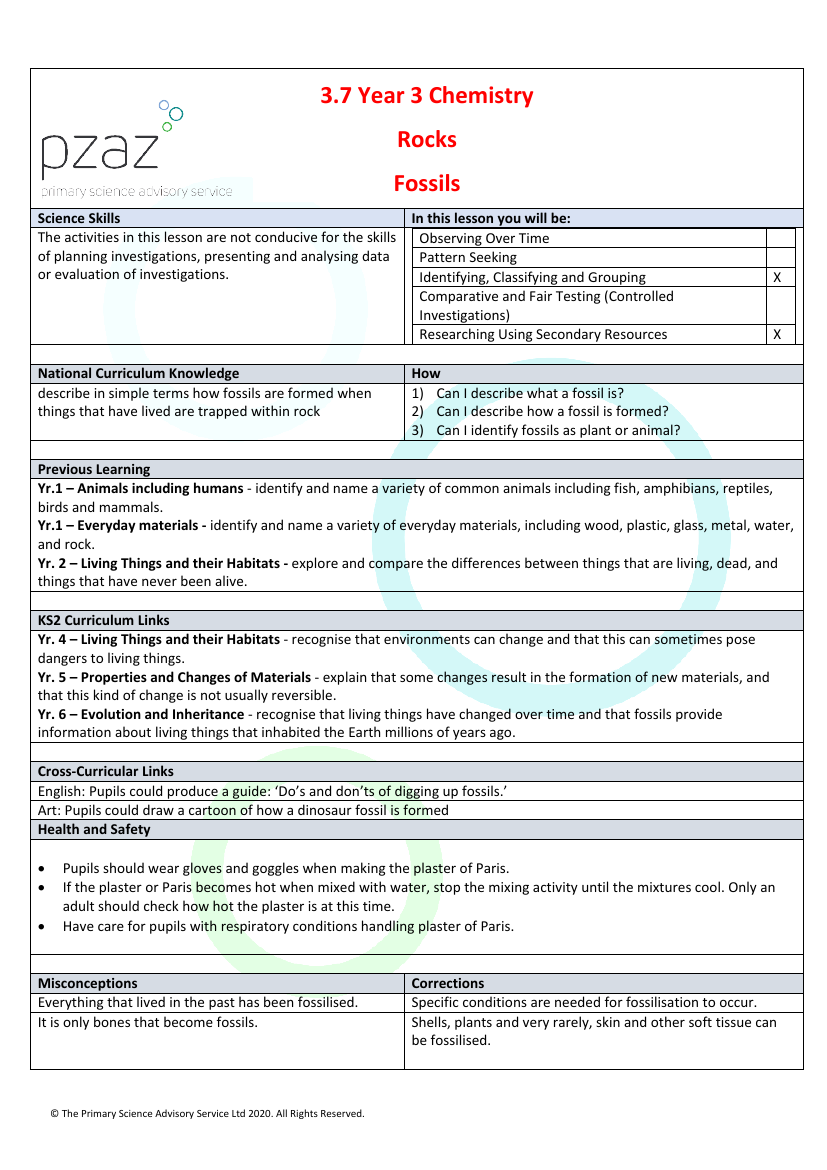
Science Resource Description
In this engaging science lesson, students delve into the fascinating world of fossils, linking to the National Curriculum's objectives for understanding how fossils are formed. This lesson is not designed for planning or conducting investigations but instead focuses on observing over time, pattern seeking, and identifying, classifying, and grouping, as well as researching using secondary resources. Students in Year 6 will build on their previous knowledge of animals, materials, and habitats from earlier years, and make connections to changes in environments and material properties as outlined in the KS2 curriculum. The lesson aims to address common misconceptions, such as the belief that all past life has been fossilised or that only bones can become fossils, by explaining that specific conditions are required for fossilisation and that it's possible for shells, plants, and occasionally soft tissues to fossilise as well.
The lesson includes a variety of hands-on activities where students can make their own fossils using common materials like flour, salt, and water, and examine real fossil specimens with hand lenses. They will also have the opportunity to simulate the work of a palaeontologist by excavating their own 'fossils' from plaster. Throughout the lesson, students will be encouraged to wear safety gloves and goggles for protection and to be cautious if they have respiratory conditions while handling plaster of Paris. The lesson plan also suggests cross-curricular links with English and Art, where students can create guides or cartoons related to fossil formation. By the end of the lesson, students should be able to describe what a fossil is, understand the process of fossilisation, and identify fossils as plant or animal remains.

